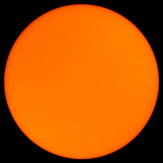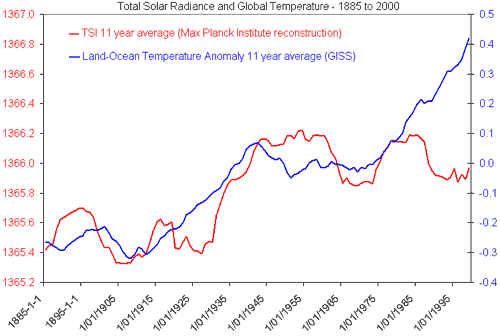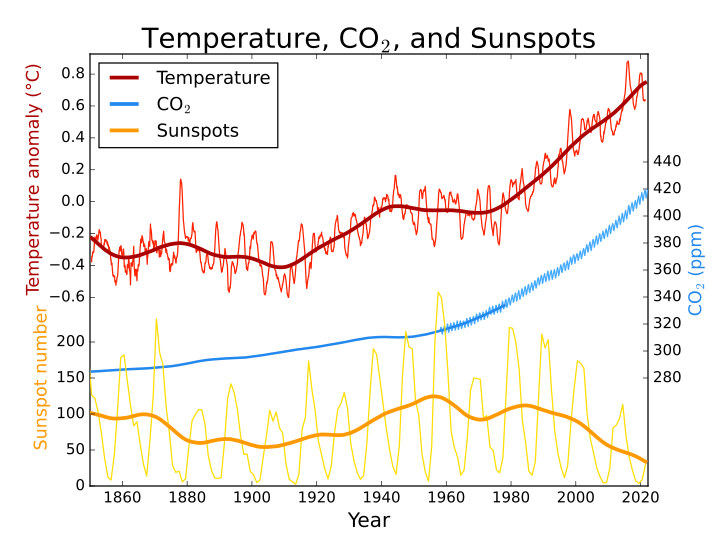Old Rocks
Diamond Member
No, because you can't admit you've been had. They use the exact same "adjusted" numbers the deniers use to say there has been no warming since 1998. The only difference is the deniers know you will parrot their lies without ever checking their numbers. Which you, in fact, did! LOLBecause they use "adjusted" temperatures? Go figure.
1998 is clearly an outlier, but was touted as the proof of global warming by a very vocal group of Alarmists.
The trend line, ignoring 1998, was up from the late 70's forward until about 2001 when it plateaued and then showed a slight decrease until very recently.
The last several months have been showing an increase again. Not in Indiana. Around here it's been freakishly cold. About 20 degrees off the normal highs. SUCKS!
The increase of CO2 has been constant to increasing.
The increase in CO2 has been constant. ENSO and the solar cycle have not. Natural variation accounts for the so called platueing. In fact, the last ten years should have been colder, given a lessor TSI, and a strong La Nina in 2007 and 2008.
The increase in temperature has been constant and accelerating if you do a line for the mean of all the temps for the last 150 years.




